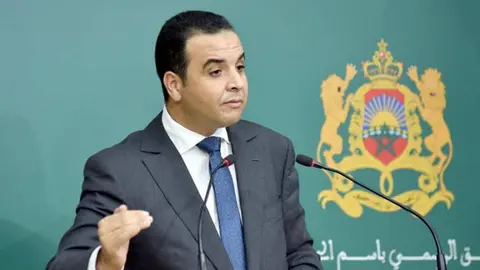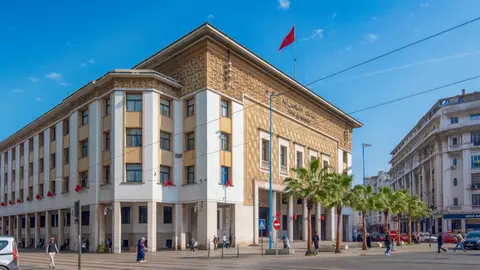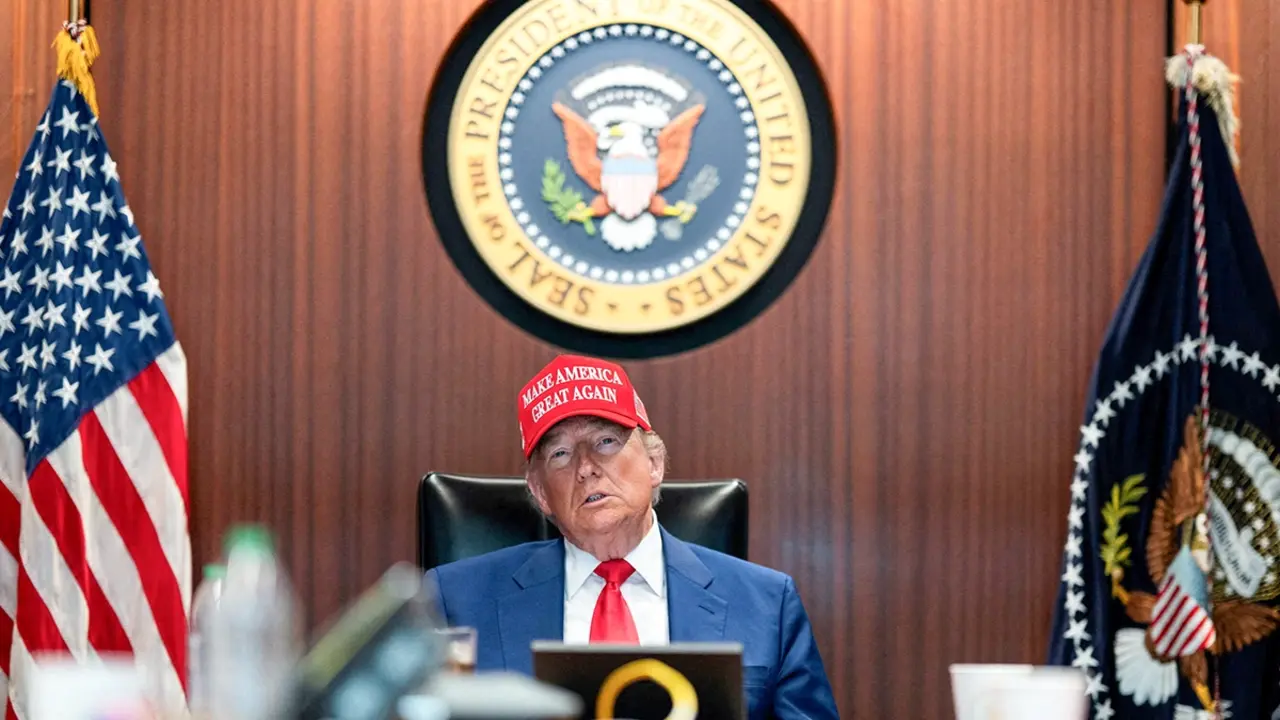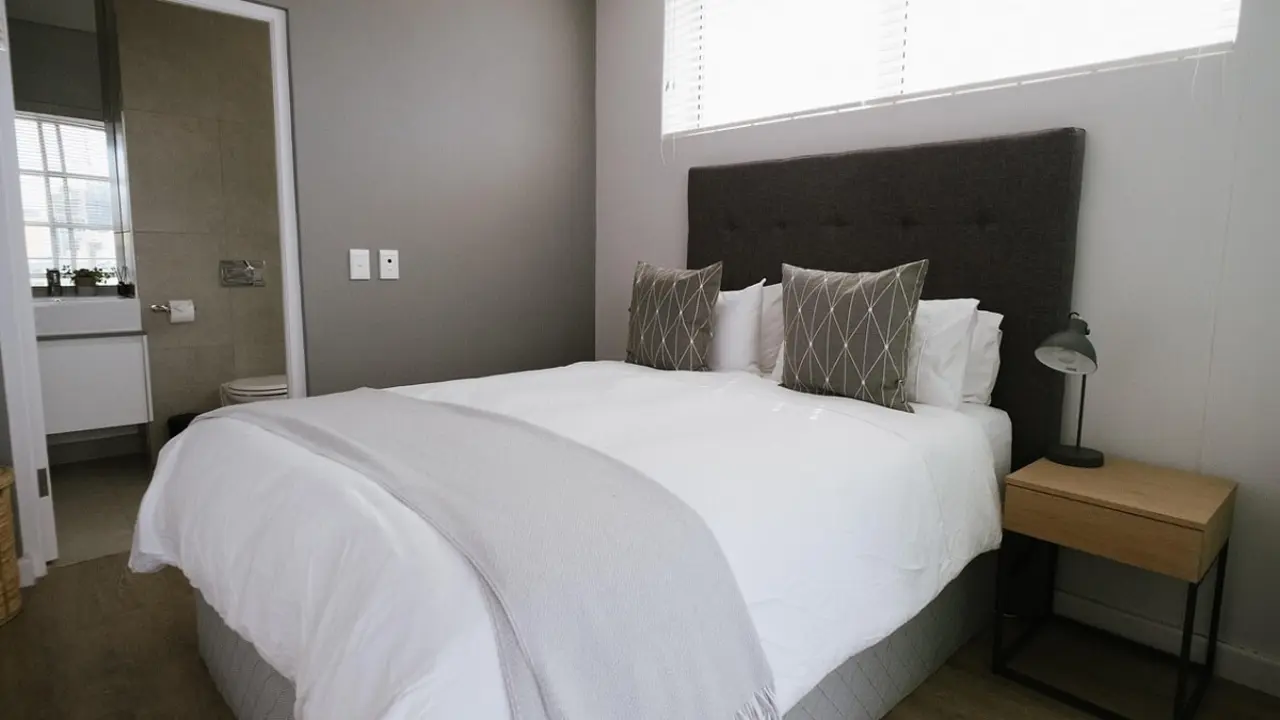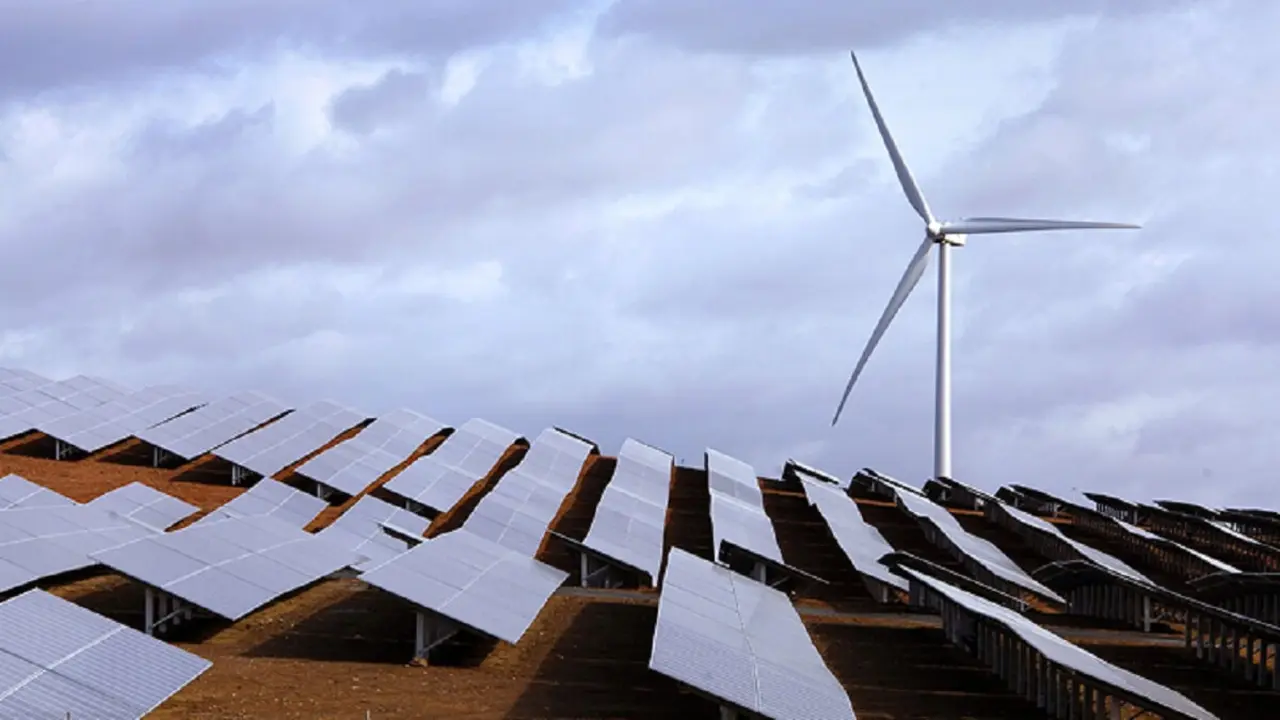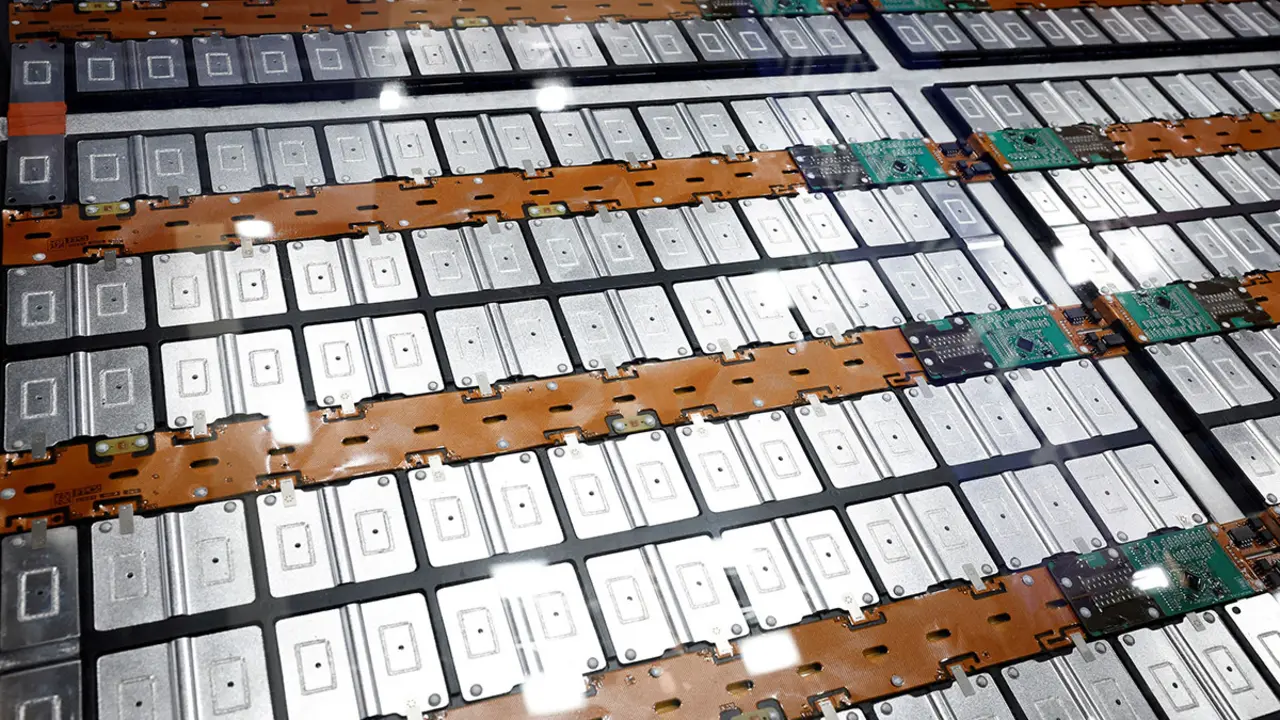Morocco expands e-payment services
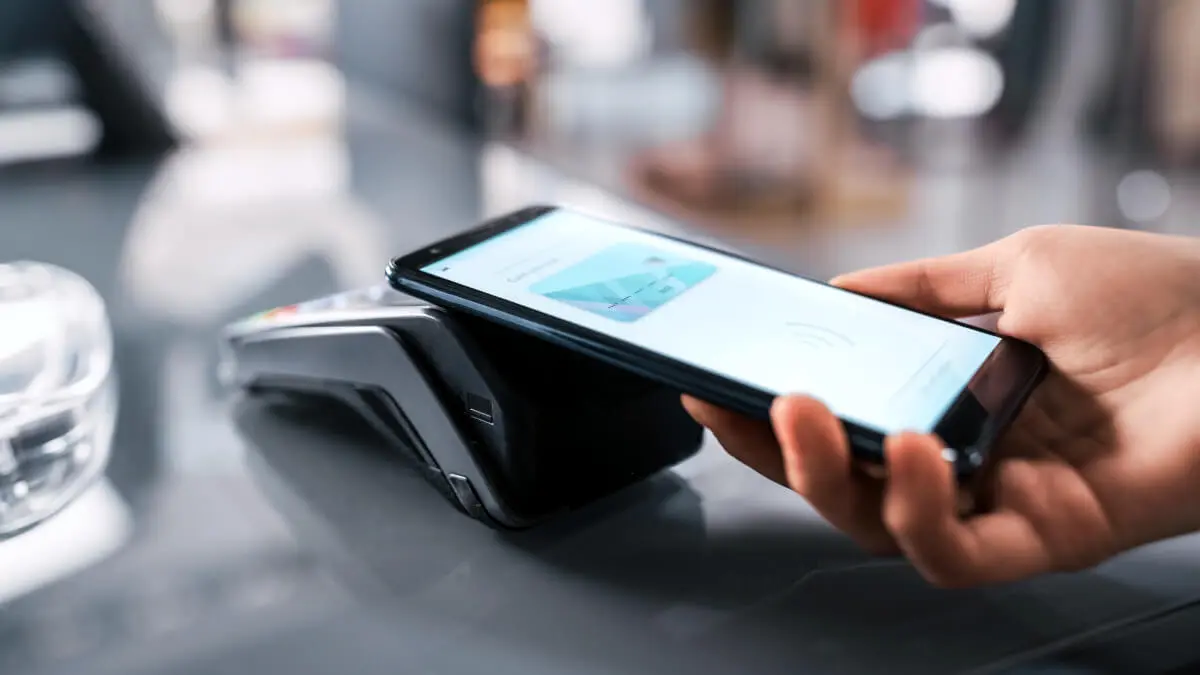
Since Morocco's Cash Center approved e-payment in 2019, one in three transactions is carried out using this method. In the last decade, the Alawi country has made significant progress in terms of financial modernisation, which is making it possible to reduce the number of traditional payments.
According to the institution's director, Rachid Saihi, the majority of Moroccan citizens who try to pay their bills electronically do not return to the traditional method, which reflects the success of the measures taken in recent years.
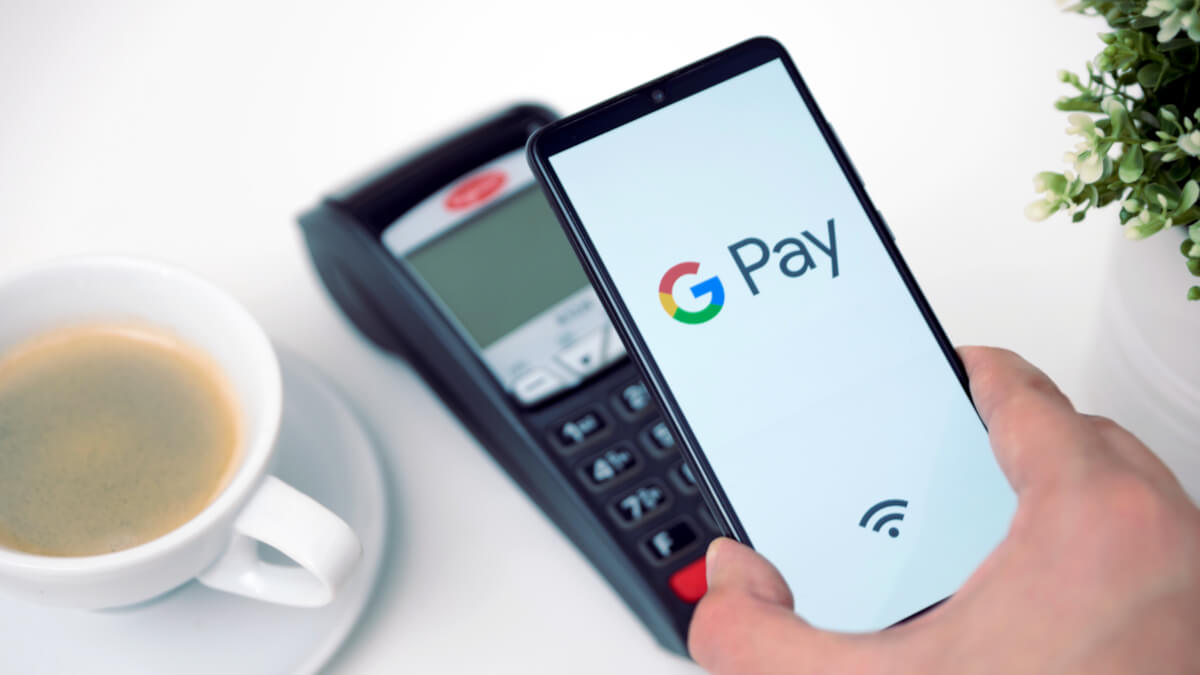
To explain the situation, Saihi argued that in the past, banks did not provide the possibility of obtaining any services through the automated teller windows of other banks, so they were forced to explore other options elsewhere.
Since then, the idea of traditional payment has invested heavily in rehabilitating the infrastructure to meet the demands of citizens, especially those related to the use of smartphones.
For Saihi, the development ‘is a new catalyst for a new twist for the benefit of the Moroccan consumer’. He explained that most bills can be paid in this way, such as vehicle taxes, water and electricity bills, school fees, etc., thanks to the digital transformation of the Moroccan administration.
So much so that, at present, according to official data from the Central Bank, Bank Al-Maghrib, approximately 20 companies operating in the local market offer digital wallets, including 12 issued by government institutions.
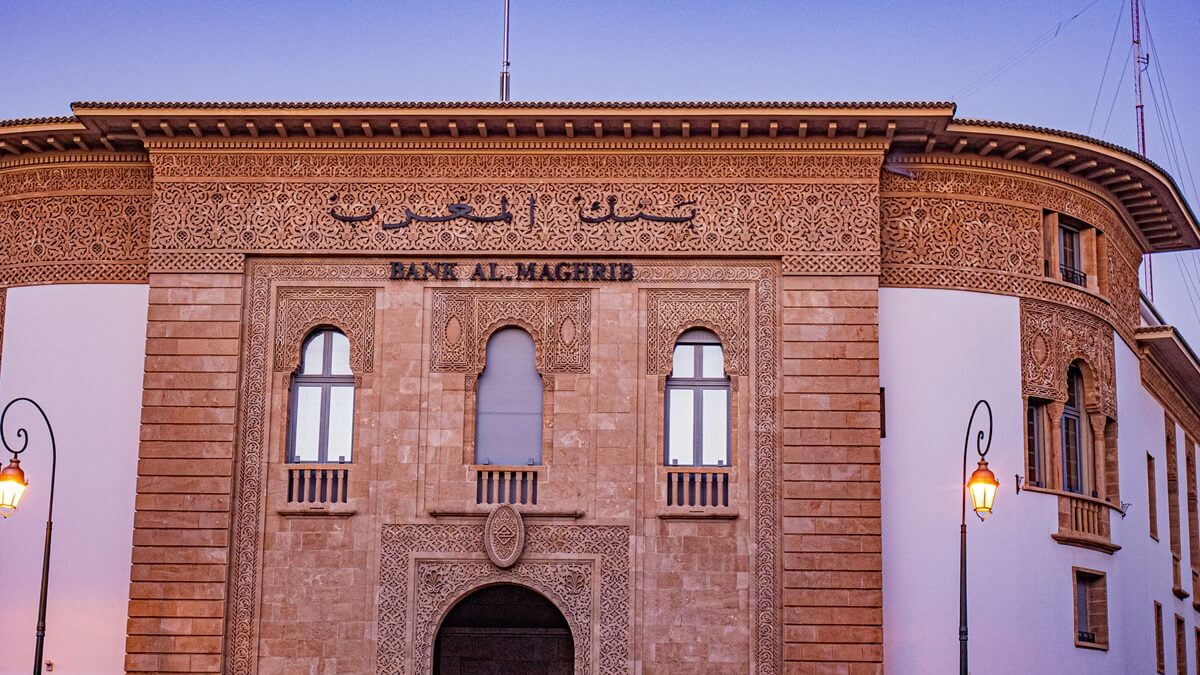
Digital Morocco 2030
In order to achieve full electronic digital transformation, the Government of Morocco created the ‘Digital Morocco 2030’ plan whereby the General Directorate of Taxes, the Ministry of Economy and Finance and the Department of Customs and Indirect Taxes, in collaboration with financial institutions such as Bank Al-Maghrib established simpler administrative procedures that will allow citizens to make any payment they need electronically.
This is in line with the aim of the Moroccan Agency for Digital Development's efforts to accelerate its process of digitising departments and unifying administrative procedures through an integrated web portal that brings together all digital services at all stages.

The governor of the Central Bank, Abdellatif Jouahri, emphasised the need to boost the adoption of digital commerce in financial transactions to cope with the increase in cash circulation in the economy. He clarified that the total amount of physical cash in circulation in Morocco amounts to approximately 30% of the Gross Domestic Product, or 157 billion dollars, one of the highest figures worldwide, and stressed the importance of moving towards the digital channel to combat this phenomenon.
In addition, recent statistics from the Central Bank showed differences between users, with bank customers choosing transfers at 56%, followed by ATM withdrawals at 28%, while bill payment transactions accounted for 15%. In contrast, customers of payment companies focus on bills at 70%, while transfers account for 27%.

